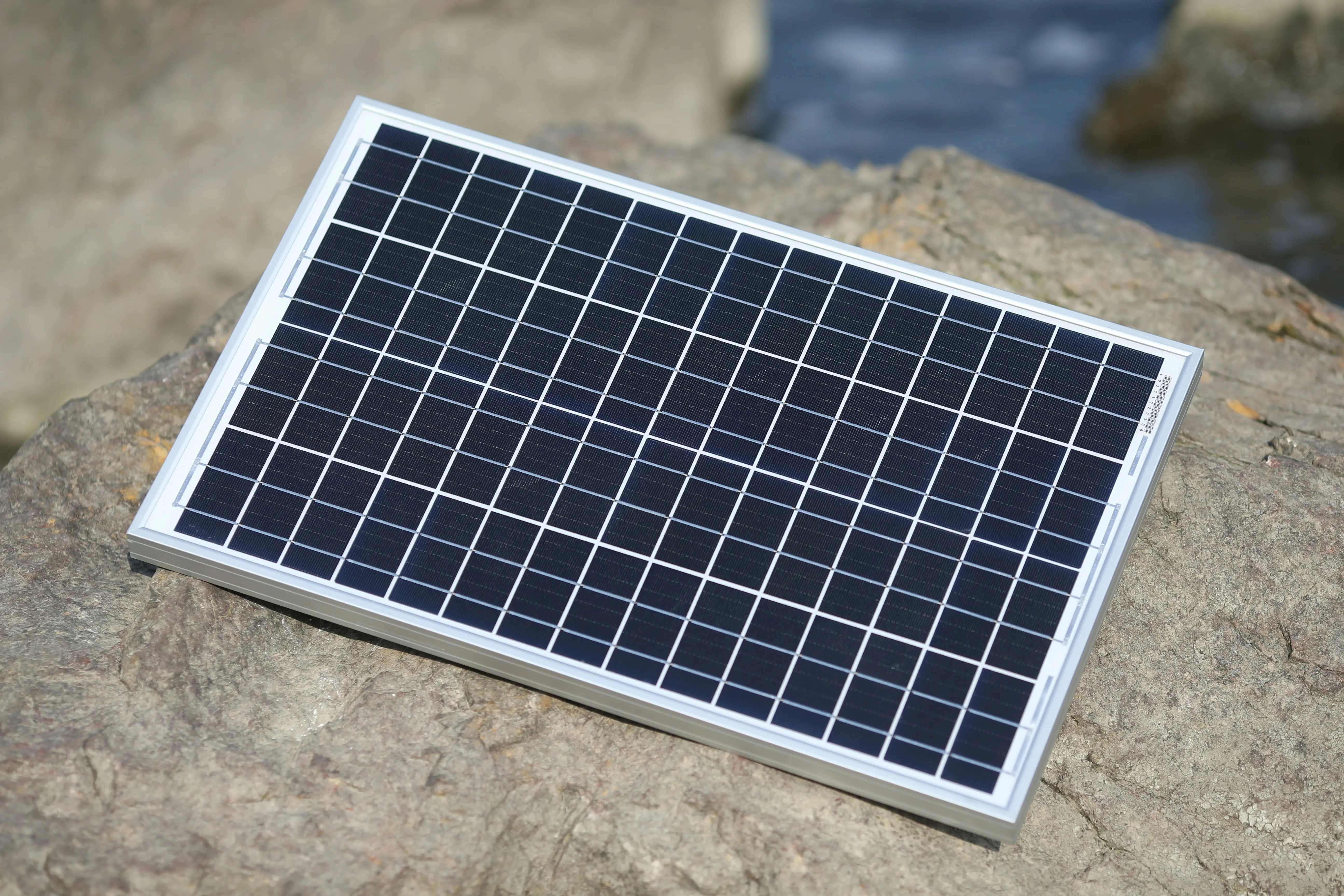Breakthrough Salt Enhances Perovskite Solar Cell Efficiency

Researchers at University College London (UCL) have made a significant breakthrough in solar technology using a special salt called guanidinium thiocyanate. This advancement could lead to cheaper and more powerful solar panels. The study published in the Journal of the American Chemical Society details how this salt improves the performance and longevity of perovskite solar cells, a promising alternative to traditional silicon-based solar panels.
By integrating guanidinium thiocyanate, the researchers discovered they could control the formation of perovskite crystals during production. This control ensures that the layers of the solar cells are smoother and more uniform, reducing imperfections that typically reduce efficiency and lifespan. This is crucial for tandem perovskite cells—solar cells with stacked layers—that promise ultra-efficient solar energy.
Dr Tom Macdonald from UCL's Electronic & Electrical Engineering department highlighted the simplicity and effectiveness of their approach in enhancing perovskite quality. The team's experiments achieved an efficiency of 22.3%, drawing close to the highest efficiencies recorded for mixed tin-lead perovskites, which are commonly used as the bottom layer in tandem cells.
Perovskite solar cells are already renowned for their ability to tolerate defects, but further minimizing these imperfections could unlock even higher efficiencies and longer-lasting devices. The guanidinium additive plays a crucial role by allowing precise control over crystal growth, thus limiting the flaws that arise when materials form too quickly. First author Yueyao Dong emphasized the importance of this controlled crystal formation in achieving better-quality films, translating directly into more efficient and durable devices.
Perovskites are gaining popularity as they can be manufactured at lower temperatures with less energy, making them ideal for large-scale production. They also hold the potential for flexible and lightweight solar panels. The versatility of perovskites in capturing different parts of the solar spectrum makes them perfect for tandem solar cells, which can either combine with silicon or be configured entirely with perovskites.
This research paves the way for next-generation solar panels that are not only more efficient and durable but also more affordable. As the demand for renewable energy grows, innovations like these are crucial for scaling up the production of high-efficiency, low-cost solar technology.